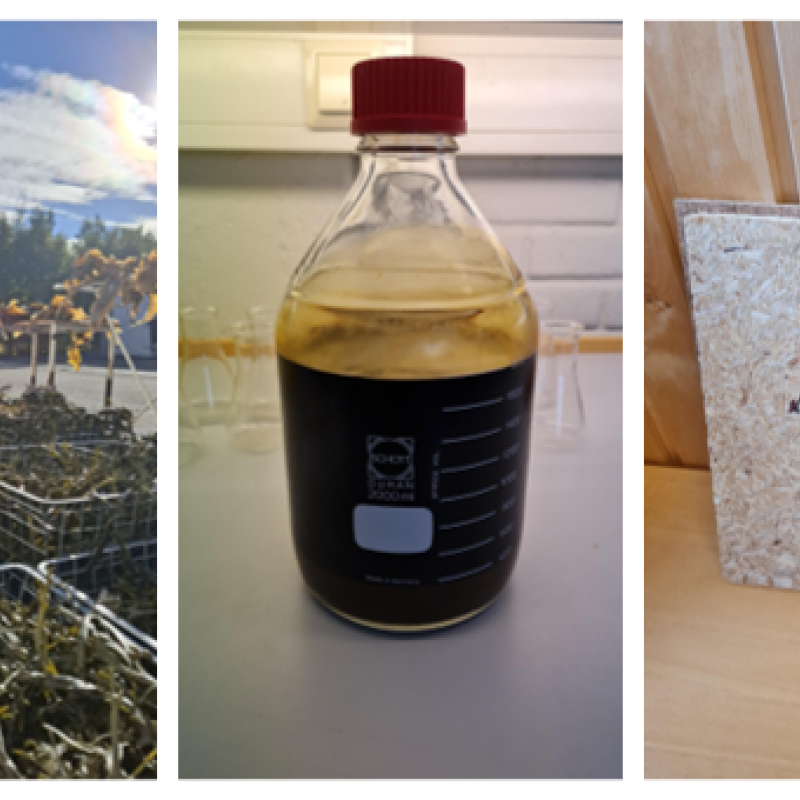Stephen Amiandamhen
Research Scientist
Abstract
No abstract has been registered
To document
Authors
Stephen Amiandamhen Synne Strømmen Ingeborg Olsdatter Ohren Nordraak Andreas Treu Erik LarnøyAbstract
No abstract has been registered
Abstract
No abstract has been registered

